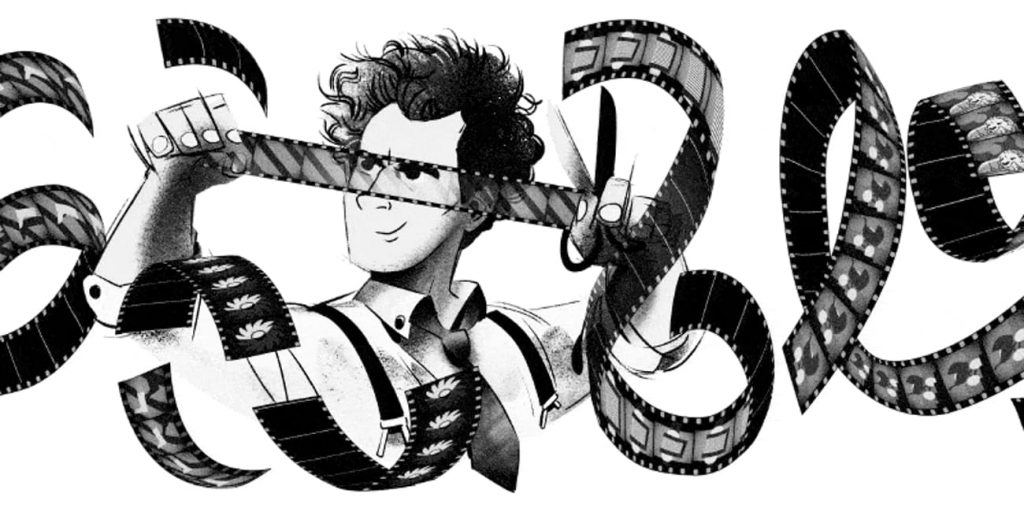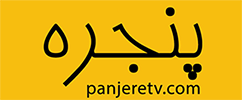What is film editing?
Now we want to talk about the last stage of film production, i.e. “editing”, where the film finds its final form.

This stage includes: selecting shots and their size, lining up shots, scenes, and sequences one after the other, combining all sounds and determining their loudness, and finally mixing and harmonizing the final sound with the image.
These works are done by using the script, decoupage (the technical cutting of the script in which the scenes are divided into certain shots and broken in the term), and then the rules and principles of filmmaking and artistic taste and creativity are done by the editor. It should be noted that this stage is also called montage or film editing. Although the term, montage is simply referred to the physical steps of sticking parts of a film together, while editing is a more artistic term and includes aesthetic principles for putting together shots, sometimes it is seen that some terms in cinema are considered the same by people.
Editing also plays a very important role in creating the mood desired by the director in making promotional teasers.
It is better to cut short now and start a more practical discussion, here we want to introduce the types of editing methods and explain more about one example and explain the rest of the methods in the next articles.
1- Editing based on the position of the image
2- Compilation based on the form
3- Compilation based on the concept
4- Compilation based on movement
Editing based on image position:
In this type of editing, cutting between shots is done in such a way that the viewer gets an understanding of the location of the scene and the characters in the scene, and the shots are cut together in a way that directs the viewer’s point of view.
This editing is sometimes referred to as “directed editing”. Directional because the editing method is such that it gives direction to the viewer.
In this type of editing, a strong visual element usually occupies one side of the frame and draws attention to the other side of the frame. The object of interest is often in the opposite corner of the frame, and the viewers need to see something that occupies that visual space. As the clearest example to understand the editing based on the image position, we can mention the conversation scene between two people, which is shown with a medium long shot view (a full-length view of a person, which is also known as a full shot) of two people who Their faces are facing the camera and they are talking face to face, we start.
To implement the standard form of such a scene, it is necessary to have a medium shot (a medium view, for example, a person’s view from the waist to the tip of the head) and a medium close-up (it is a view of a person’s image from under the shelf to the tip of the head, which is also known as a bust view). to also have When editing such a scene, you can cut from the relatively open view of two people (in the shot) to the medium shot view of character A, who is on the left side of the frame. When the man speaks, he points to the right side of the frame. And it prompts a cut to the next shot, and you cut to a medium close-up shot of character B standing on the right side of the frame with the space in front of him empty.
This close-up gives the audience new information. The relative composition is related to the position of the scene, because the viewer first looks to the left side of the frame to see person A, and then he has to change his angle of view and reach the cut point to see person B in a new view on the right side of the frame. The continuity of the dialogue is not lost with the cut, and this means that the sound is also continuous, and the cut is not visible because it is done in the middle of the dialogue and after the movement of the man’s hand and his pointing to the right.
It is hoped that by giving the mentioned example, it will be possible to understand this method of editing. Of course, it should be mentioned that the guarantee of the beauty of these cuts is the responsibility of the skilled editor, he usually plays a major role in the success or failure of the film, although he does all this work with the director’s advice.
Proper editing is very important in the production of motion graphics and animation. No matter how much sensitivity you put into the production of spaces and animation graphics, but if you don’t use enough accuracy and elegance in the final editing, the final output will never be pleasant and acceptable.
